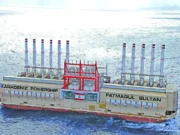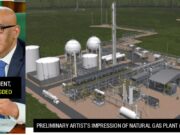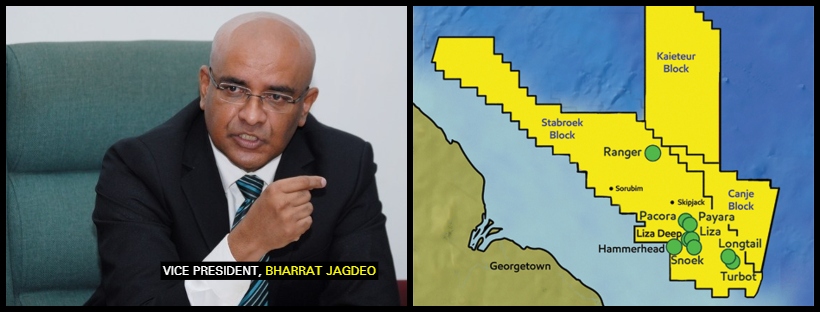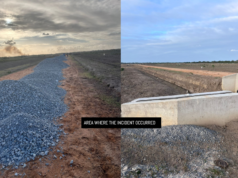Guyana’s gas reserve currently stands at 16 trillion cubic feet. That is more than Chile, the Philippines, Romania, Papua New Guinea, Peru, and even its CARICOM sister, Trinidad, and Tobago. It is also as much as Brazil and Mexico which hold 16.1 and 16.5 tcf respectively.
While Guyana’s gas reserves may catapult it to the ranks of major gas reserve holders, the government has indicated that the amount that can be monetized remains unknown; at least for the time being. This was recently noted by Vice President, Dr. Bharrat Jagdeo who said the availability of the gas will inform the country’s gas master plan.
The official said, “We are working on a draft master plan for the country and a lot hinges on getting Exxon to make more gas available to monetize its 16 trillion cubic feet reserve…As you know, Exxon re-injects most of this gas back into the reservoir and they are saying it is important for reservoir quality, but if they do that in all the developments then we don’t have much gas to utilize so we are working with them to get some studies done to see how we can liberate more of the gas.”
The economist reasoned that a master plan, which encompasses an array of issues dealing with exploration to monetization, would have to wait on the said studies. In the meantime, he said a gas use plan would be devised for the imminent gas-to-power project which will land at Wales.
For the time being, ExxonMobil’s affiliate, Esso Exploration and Production Guyana Limited (EEPGL) has said via an environmental impact study that it has pegged its investment in the Wales, West Bank Demerara project in excess of US$1.3 billion. The company will be funding the installation of the offshore and onshore pipelines, while the government would be responsible for the construction of a Natural Gas Liquids plant at its own expense.
EEPGL said the project will involve capturing associated gas produced from crude oil production operations on the Liza Phase 1 (Destiny) and Liza Phase 2 (Unity) Floating, Production, Storage, and Offloading (FPSO) vessels, transporting approximately 50 million standard cubic feet per day of rich gas via a subsea pipeline and then to an onshore pipeline to a natural gas liquids processing plant (NGL Plant), treating the gas to remove NGLs (i.e., propane, butane, and pentanes+) for sale to third parties, and ultimately delivering dry gas meeting government specifications for use at the power plant.
Construction is expected to begin as soon as possible after the oil company receives all necessary authorizations with a target date of August 2022 for the start of NGL Plant site preparation, and will take approximately three years. The combined offshore and onshore pipeline system is targeted to be ready to deliver rich gas by end of 2024, and the NGL Plant is targeted to be operational by mid-2025.












